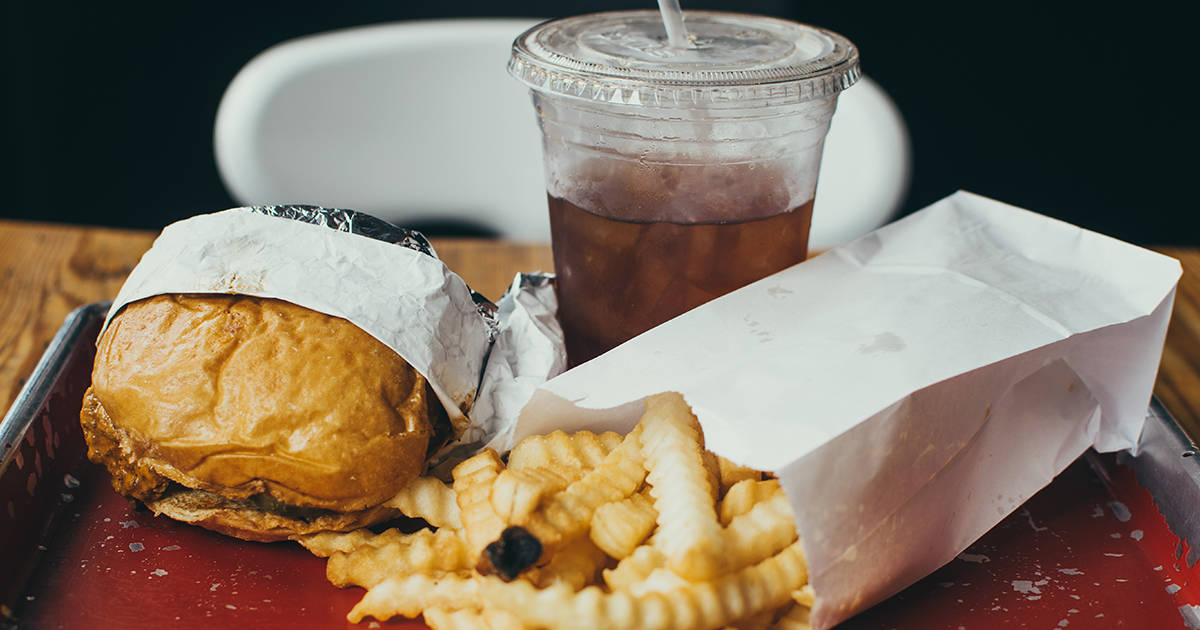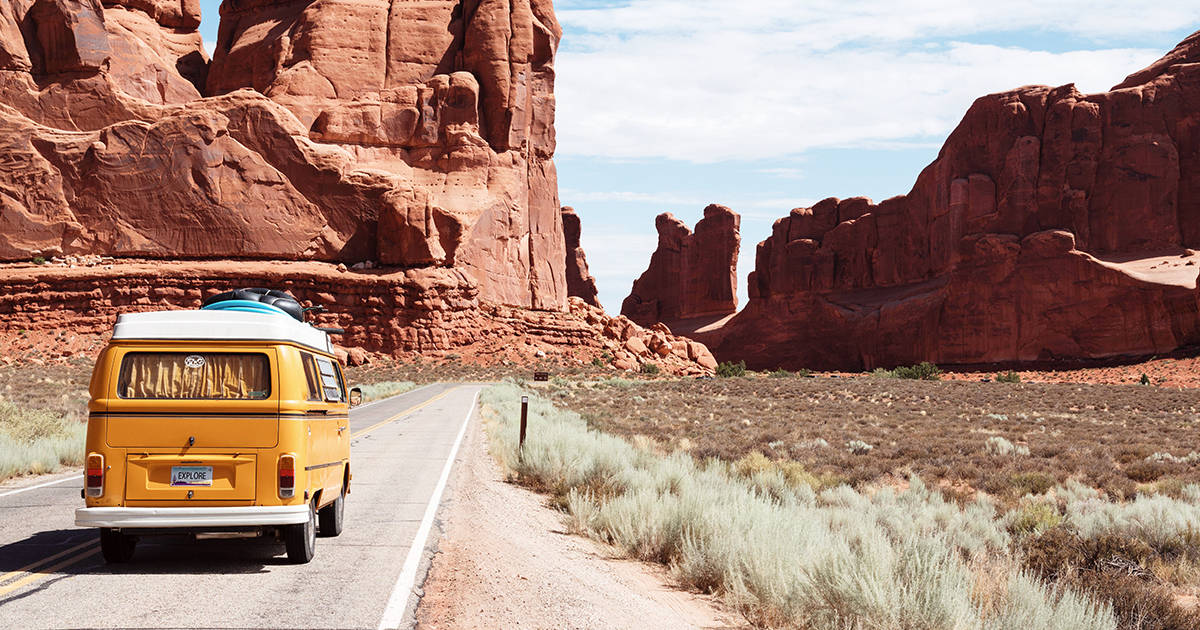November Trend Flight: Minimalist Phones, Ghost Restaurants, & Environmental Travel
Minimalist Phones
In an age where schools have embraced technology through programs like STEM, and high schools provide Chromebooks (making lockers all but obsolete), there is a parallel trend of avoiding screens in the household and the rise of the outdoor/unplugged school experience. As is true with many trending topics these days, knowing where we should limit or embrace technology feels like a minefield. Phones, and smartphones in particular, have become an almost essential part of our daily lives. But what would it look like if we took a step back from the of-the-minute iPhone 11 and Xperia 5 to find out which features we truly need, and which contribute to feeling inferior, isolated and depressed?
Companies like the Light Phone have dedicated themselves to helping users break the addition of smartphones and tablets. In fact, the Light Phone’s website states that the company was “designed to be used as little as possible”. It doesn’t have feeds, ads, social media or email capabilities. Instead of replacing your current phone completely, the Light Phone acts as a temporary replacement for your existing phone.
The Mudita Pure has retained more smartphone features than the Light Phone. Through the Pure’s paired-down e-ink display, users can access maps, music and even a meditation timer with custom music tones, but eliminates social media apps and internet connectivity. The Pure limits blue light and includes a flashlight that mimics the sunset to better maintain circadian rhythms.
There are undoubtedly benefits to analyzing smartphone use, and maintaining mental health despite constant connectivity. While ironically both the Light Phone and the Mudita Pure maintain a consistent social media presence themselves, both brands are helping to shed (non-blue) light on a challenge for current and future generations. Of course, we all benefit from technological advancement but it’s easy to get caught in a web that can impact mental health from a young age.

What is a ghost restaurant?
It’s 2019, so we’re all familiar with ghosting, but what about ghost restaurants. A ghost restaurant is defined as “a food service establishment that offers take-out only.” These models can benefit both the restaurant owner as well as the consumer as the restaurant will not be paying high overheads to open full-service restaurants in expensive areas. Additionally, delivery-only restaurants experience flexibility that their brick and mortar counterparts do not; they are free to test and modify their menu, concept, and offerings accordingly without changing any permanent signage, printed materials, or dining space concepts.
We are often struck by the transience of a restaurant committed staying on-trend, but ghost restaurants can stay abreast of trends without significant financial investment. For cloud restaurants, maybe the most important thing to consider is the UI of their website and integration with food delivery apps. Since they can not rely on a storefront to draw in customers, they must focus on their digital efforts to attract and retain their customers. Interested in trying this new type of restaurant? Consider Lettuce Entertain You Enterprise’s partnership with GrubHub to bring Whole 30 friendly options available in New York and Chicago. Maybe ghost restaurants aren’t so scary.

The Environmental Cost of Your Holiday Travel
You’ve done the math to ensure all of your liquids are below 3 ounces but have you calculated your next vacation’s impact on the earth? On average, a plane produces 53 pounds of CO2 per mile, compare that to 411 grams per mile in the average vehicle and you’ve got yourself an environmentally expensive mode of travel.
After you’ve considered your transportation, keep in mind the eco-friendliness of your destination. The main environmental expense of your trip is the strain on natural resources. An average trip to a tropical country uses as much water as 60,000 rural villagers in the same span of time.
Some larger hotels have done a good job of prioritizing conservation, but as a rule, it is best to stay at smaller accommodations. Check your hotel using Green Key to ensure they are the most earth-friendly choice.
But, you don’t have to cancel your travel plans. There are adjustments you can make to your upcoming trip that will make a big difference.
- Choose from a list of certified eco-friendly destinations
- Purchase a carbon offset package if you can afford it and if your airline offers it. KLM’s recent Fly Responsibly campaign highlights ways to cut down on emissions while traveling, including not traveling by air at all.
- Take a train, bus, or ferry to reach your destination of choice if at all possible.
- Travel light. This not only saves the plane from carrying additional weight and therefore producing more CO2 but also permits those who are able-bodied to travel by foot instead of relying on cars.
- Pick eco-conscious tours and activities in your destination of choice.
- Eat locally!
Companies like KLM are getting ahead of regulations and consumer backlash with progressive campaigns and it’s working. We’ve found that in order for consumers to make a change, the travel option needs to be both the best option overall in addition to being environmentally friendly. In general, consumers aren’t in a place where they’re willing to sacrifice comfort or convenience for the environment. We expect that the next wave of travel won’t be up to consumers, but rather will be forced by regulations we think and hope are to come. We wish you a breezy holiday trip for both you and the planet.
Get more Food & Wellness Trends here, or sign up for monthly updates!
For media inquiries please email fwt@room214.com